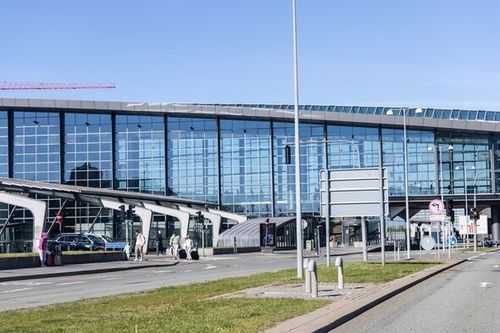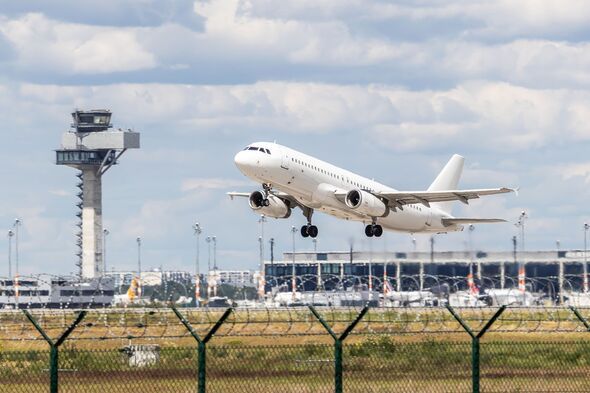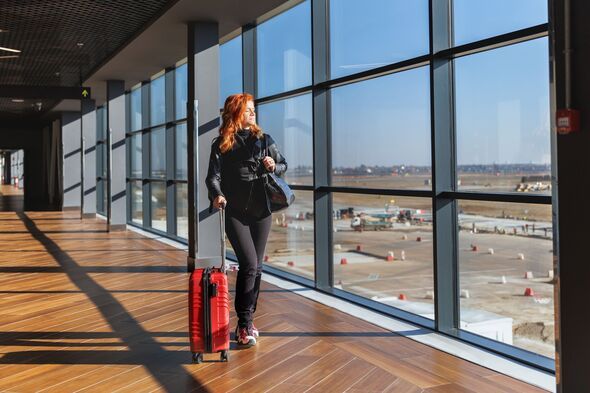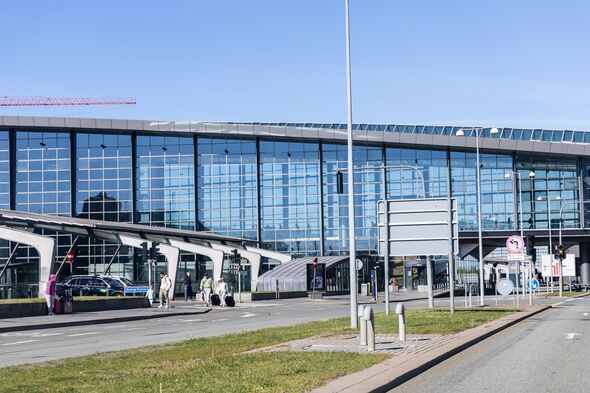

When choosing your next holiday destination, the cost of plays a huge part in the decision making process.
This dilemma is not helped by the fact that air passenger across have increased this year, which are usually attached in addition to other taxes you pay when booking a flight.
Governments added them to encourage flyers to consider the of their travel choices and discourage unnecessary air travel.
These levies can raise impressive sums. For example, in the 2023 to 2024 financial year the UK government made over £3.8 million from Air Passenger Duty (APD), a 21% increase from the previous year, according to .
Each country calculates their taxes differently, based on the size of airports, popular regions and types of aircraft, including commercial planes and private jets. Listed below, therefore, are several of Europe's most popular tourist destinations and how they compare on their passenger air tax.

Collecting these taxes is the responsibility of airlines, who charge them to customers as part of their ticket. The money is then spent at the discretion of each country's government, often to fund public services.
Some taxes, such as the Eco Air Tax, are specifically designed to fund climate and environment-related issues, such as raising revenue for alternative transportation modes and more sustainable aviation infrastructure.
FranceSpeaking of France, its "éco-taxe" or "éco-contribution" first came into effect in January 2020 and applies to travellers departing from French airports. Passengers travelling to destinations in the European Economic Area (EEA), the UK and are charged either €2.63 (£2.19) or €20.27 (£16.81), depending on their class of travel.
For all other destinations, passengers pay €7.51 (£2.26) on the lower rate and €63.07 (£52.57) on the higher rate per passenger.
This week, the French national union of airline pilots, SNPL, called a strike to protest the rise in air taxes. Concerns have been raised that the latest planned amendment could lead to tens of thousands of job losses and affect .
Germanyaviation tax covers passengers on commercial flights and a price increase came into effect on May 1 2024.

The rates are fixed at €15.53 (£12.95) per passenger for short-haul domestic flights and €39.34 (£32.79) per passenger on long-haul flights no more than 3,728 miles, which includes countries in North and Central Africa, the and Central Asia. For some destinations, including transatlantic flights, the rate is €70.83 (£59.04) per passenger.
ItalyAny passengers arriving or departing from an airport pay the Italian aero taxi tax, the "imposta erariale sui voli dei passeggeri di aerotaxi", which is also based on the distance travelled. The lowest rate is €10 per passenger when the distance is below 62 miles, but can go up to an eyewatering €200 euros for distances over 869 miles.
Commercial flights that sell seats rather than rent out the entire aircraft and private, non-commercial flights are both exempt from the tax.
Denmarkis yet to launch its "passagerafgift på flyrejser", which is set to come into effect on January 1 2025. The specific goal of the tax is to support the country's green transformation by investing in more sustainable aviation and transport technologies.
There are three tax rates based on the final destination of the journey, including intra-European, medium-distance and long-distance journeys. It applies to all commercial flights from Denmark, except those from the and Greenland.
The NetherlandsThe first implemented its air passenger tax in January 2021 and has one of the highest in Europe, costing €29.05 (£24.21) in 2024, regardless of a passenger's final destination.
Children under two, flight crew on active duty and inactive flight crew travelling for the purpose of work, as well as transit and connecting passengers, are exempt from paying.
PortugalFinally, adopted its aviation carbon tax, "taxa de carbono sobre viagens aéreas", in July 2021. It has undergone significant changes since then, but now covers both commercial flights and non-commercial private jet flights, but for the average commercial passenger it is €2 (£1.67).